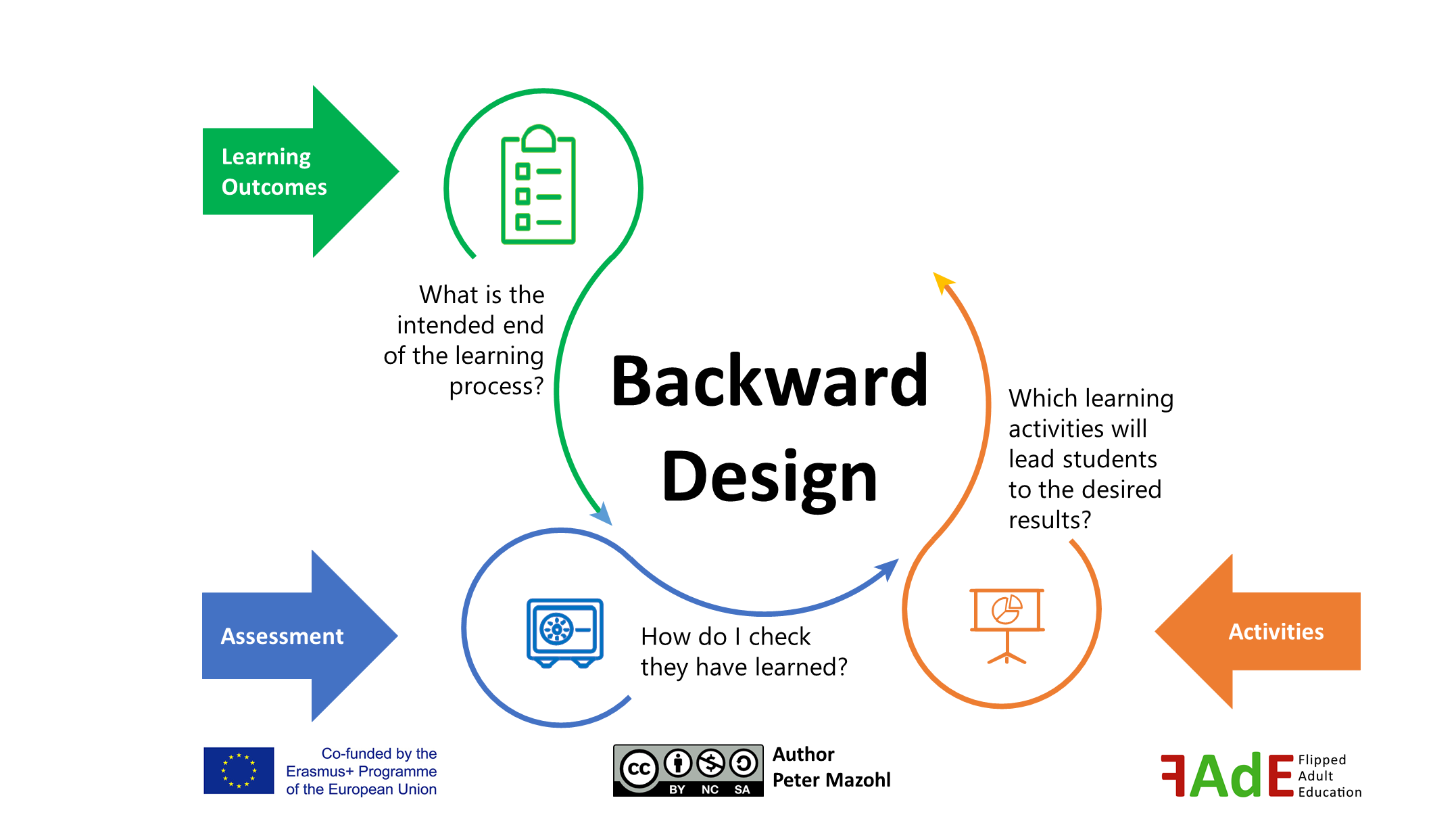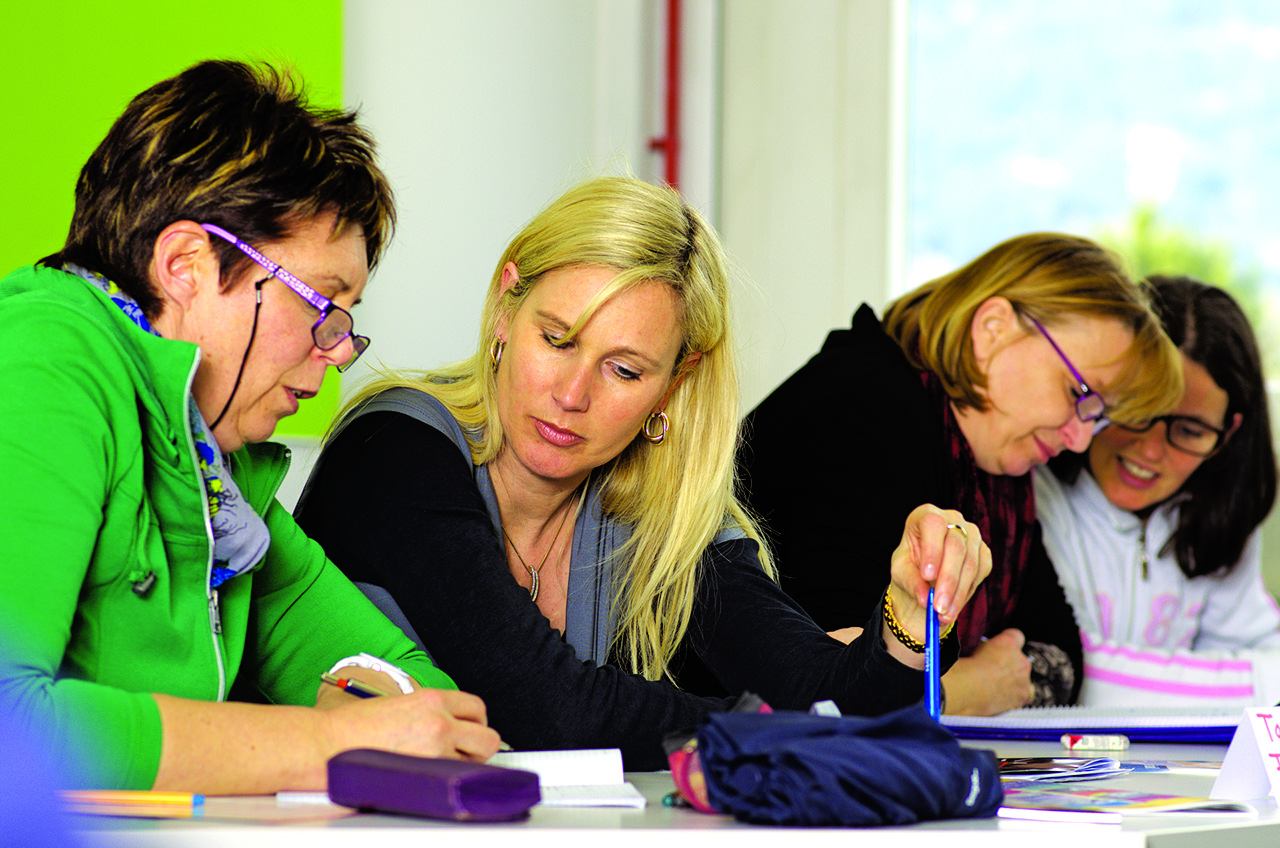
The Rising Significance of Flipped Learning 3.0 in Adult Education
This article explores the growing significance of Flipped Learning 3.0 in Adult Education, highlighting its numerous benefits for adult learners. Flipped Learning revolutionizes conventional classroom structures by prioritizing self-directed learning and active participation. By employing Bloom’s Taxonomy, it strategically divides learning materials into individual study sessions for foundational knowledge and collaborative group learning for more Read More …




